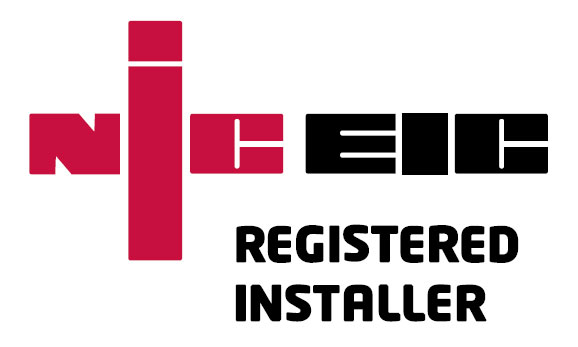Traditionally, the architect designs the property, the work is tendered and a contractor is appointed, and then ‘ventilation’ becomes the contractors responsibility. That’s fine if you’re talking about fans in bathrooms, but not when you need to hide hundreds of metres of ducting inside the fabric of the building without compromising fire-safety, structural integrity, the insulation, airtightness, or over-heating strategy. Linking MVHR to a cooling system to help with Part-O compliance, upgrading it to mechanically purge rooms with non-opening windows, and ensuring it consumes under 1.5 W/l/s to meet part-L and runs below 30 dB(A) to meet part-F takes skills most contractor don’t have.
When MVHR becomes the contractors responsibility the building design is normally complete, meaning the MVHR design becomes a retrofit design, i.e. more difficult and more expensive than it needs to be. The first thing the MVHR designer then says is the plant room’s too small, or it’s in the wrong place, or you need to move the insulation line, or you’ll have to lower the ceilings, etc. In other words, the MVHR should have been designed at by the architect at RIBA Stage 4 – the technical design of the building. After all, under the new Building Safety Act your ‘Principal Designer’ is officially in control of ALL design work, not most of it.
If you’re planning to hire an M&E consultant to design your MVHR, ask if they’ll accept full responsibility for ‘as-constructed’ ventilation performance and compliance. Because if they won’t, don’t expect the installer to take accept responsibility for a noisy system, because they didn’t design it. Without a proper guarantee and full accountability you can guess who the end user is likely to blame.
When you’re ready to start the technical design of the building (RIBA stage 4) our first step is to review the latest plans available. Floor plans to understand plantroom and riser options along with general spatial arrangement, elevations to calculate building volume, sections to identify usable voids, and the site plan to identify risks associated with neighbours, roads, chimneys/flues, and the prevailing wind. We’ll also review any structural drawings available, including steels and joist layout. With a better understanding of the general construction plan, we then offer mechanical consultancy (by video) to your Principal Designer.
The client and other members of the design team are welcome to attend, but it should not be necessary for structural engineers, frame manufacturers, or the build team to join this initial meeting. Our objective is to ensure the property is ‘MVHR compatible’ from the outset, for optimal acoustic, energy and ventilation performance. Our consultants can help your designer with SAP compliance, local air pollution or noise issues, over-heating risks requiring TM59 thermal modelling, or Passivhaus standards.
Based on agreements during or after the meeting, the Principal Designer will normally adapt the working construction drawings to better accommodate our plant and other site-specific observations, then re-issue these two-dimensional CAD files (.DWG) ready for the MVHR design process.
MVHR is a three-dimensional system that touches every room in the property. To keep it as simple and therefore as efficient as possible, hidden within the fabric of the building, to ensure it’ll fit exactly as designed and therefore work as designed, and to avoid nasty surprises on site that cause delays and disruption during the build, the 3D MVHR should be designed in 3D. Anything less involves assumptions.
Following receipt of the CAD files our next step is to build a 3D Revit model with enough structural detail to permit what we call an ‘installable’ rather than an ‘indicative’ MVHR design. If you have any RFA, IFC, SKP, DWF or other 3D CAD files available, please send them over as they may save time. If you already have a BIM/Revit model our designer will add the MVHR system directly to it.
Given the ‘service’ we provide is air, which is compressible unlike water and therefore affected by anything that adds air resistance, for instance overly long duct runs or unnecessary bends, the location and design of the MVHR air handling system must be given priority over other services. In other words, for efficiency reasons, your heating, plumbing, and electrics should all be designed after the MVHR.
With an accurate 3D model of the building based on the latest/final CAD plans, our designer can effectively design and install the MVHR ‘virtually’ to ensure it fits. Then because we know it’s going to fit, we can calculate the system pressure (air resistance), use that to calculate the Specific Fan Power of the ‘as-built’ system, then along with the dwelling ventilation rate we provide accurate data for your SAP calcs. With a new build those SAP calcs form part of your Building Control application.
If necessary, the SAP energy performance data can be estimated beforehand based on worst case conditions to avoid holding up the BC application. The 3D design can follow later.
NB: Beware of two-dimensional designs the ‘look’ 3D. These 3D ‘renders’ are not 3D designs





